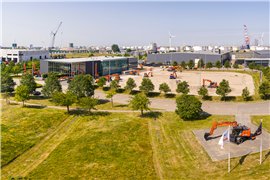What’s next for pipeline decommissioning and the circular economy?
20 May 2021
With 7,500 km (4,660 miles) of pipelines to be decommissioned over the next 10 years in Britain and Norway alone, there has never been a better time to explore how these pipelines can be removed and recycled in a way that minimises carbon footprints and encourages the reuse of such high quality steel tubulars.
Since its establishment in 2011, this has been the core mission of Decom Engineering – developing innovative solutions for decommissioning that carry a positive environmental impact.
There are two aspects to this problem - initially how to remove pipelines in a way that is cost effective and results in minimal damage, allowing maximum potential for re-use and then crucially, to find a valuable way to repurpose or recycle it.
Clean removal
One of the biggest challenges we have seen with the cutting of pipelines is the efficacy of cutting apparatus subsea and the ability to make multiple cuts on a single deployment.
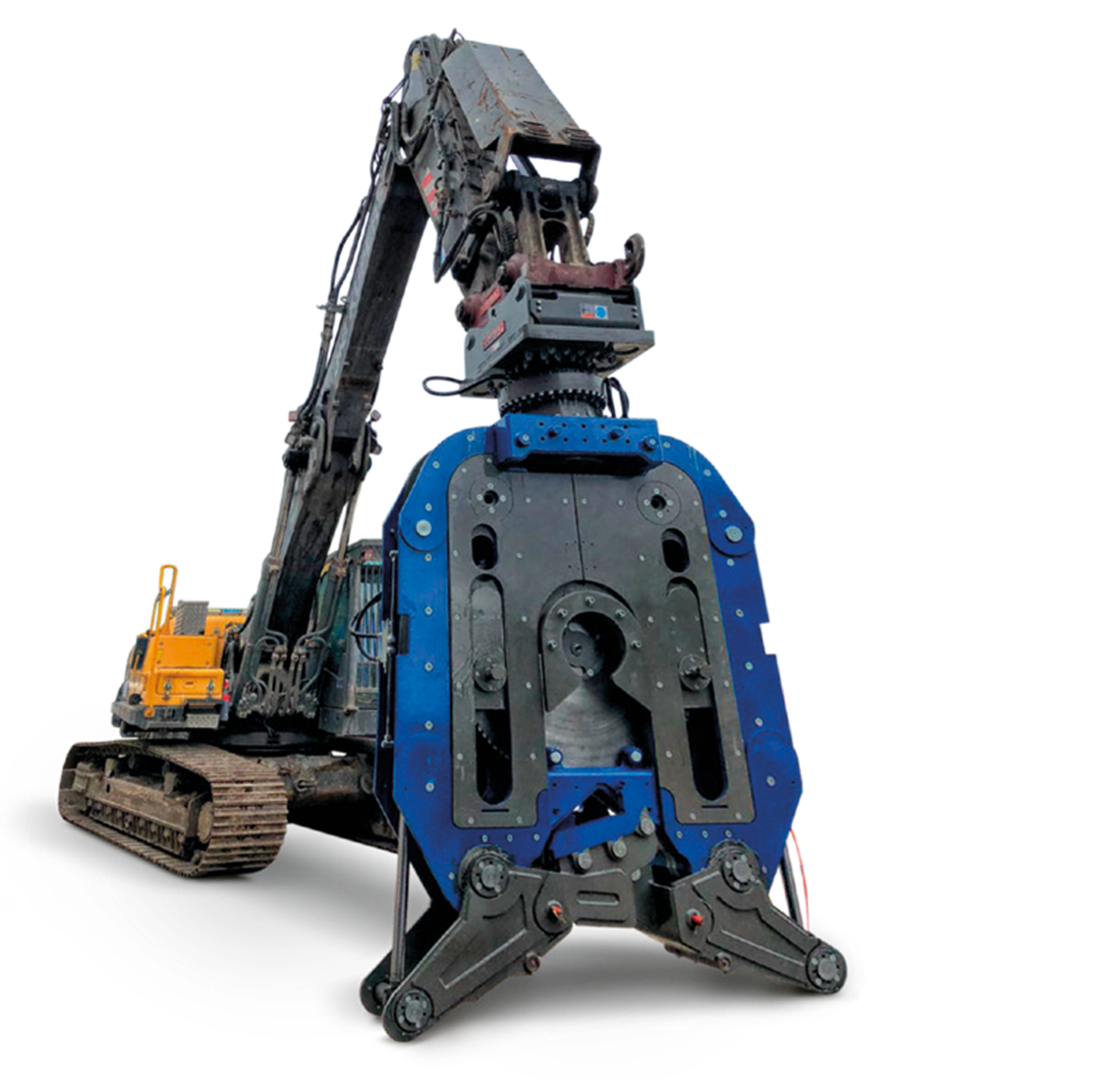 Figure 1 - Decom chopsaw excavator mounted for decommissioning a gas pipeline
Figure 1 - Decom chopsaw excavator mounted for decommissioning a gas pipeline
For example, if hydraulic shears are used then this means the pipe ends are crimped, making it harder to inspect, decontaminate and re-use or recycle.
It was the need to find a solution to these problems that sparked the development of Decom’s C1 chopsaw Range.
These single blade cutters are fitted with a Tungsten Carbide Tipped (TCT) blade that can clamp through sediment and make a fast (around 32 minutes on 16 in OD, 45 mm WT, L80 grade material), clean cut of the pipeline (see figure 1).
By using this method Decom is able to offer a solution that can be remotely operated vehicle, crane or excavator operated and makes a fast, clean cut through the pipeline whilst the versatile clamping system allows easy movement through various sizes without the need for retooling. Additionally, thanks to the longevity of a TCT blade many cuts can be made before the need for retooling on the surface.
If the material has concrete around it or other casings or materials to be cut then Decom have an interchangeable cutting head and motor that can be swapped in and uses a Vacuum Brazed Diamond blade in a high speed low torque setup. This is ideal if concrete or umbilicals in the vicinity of the pipeline need removal or repair during the decommissioning process.
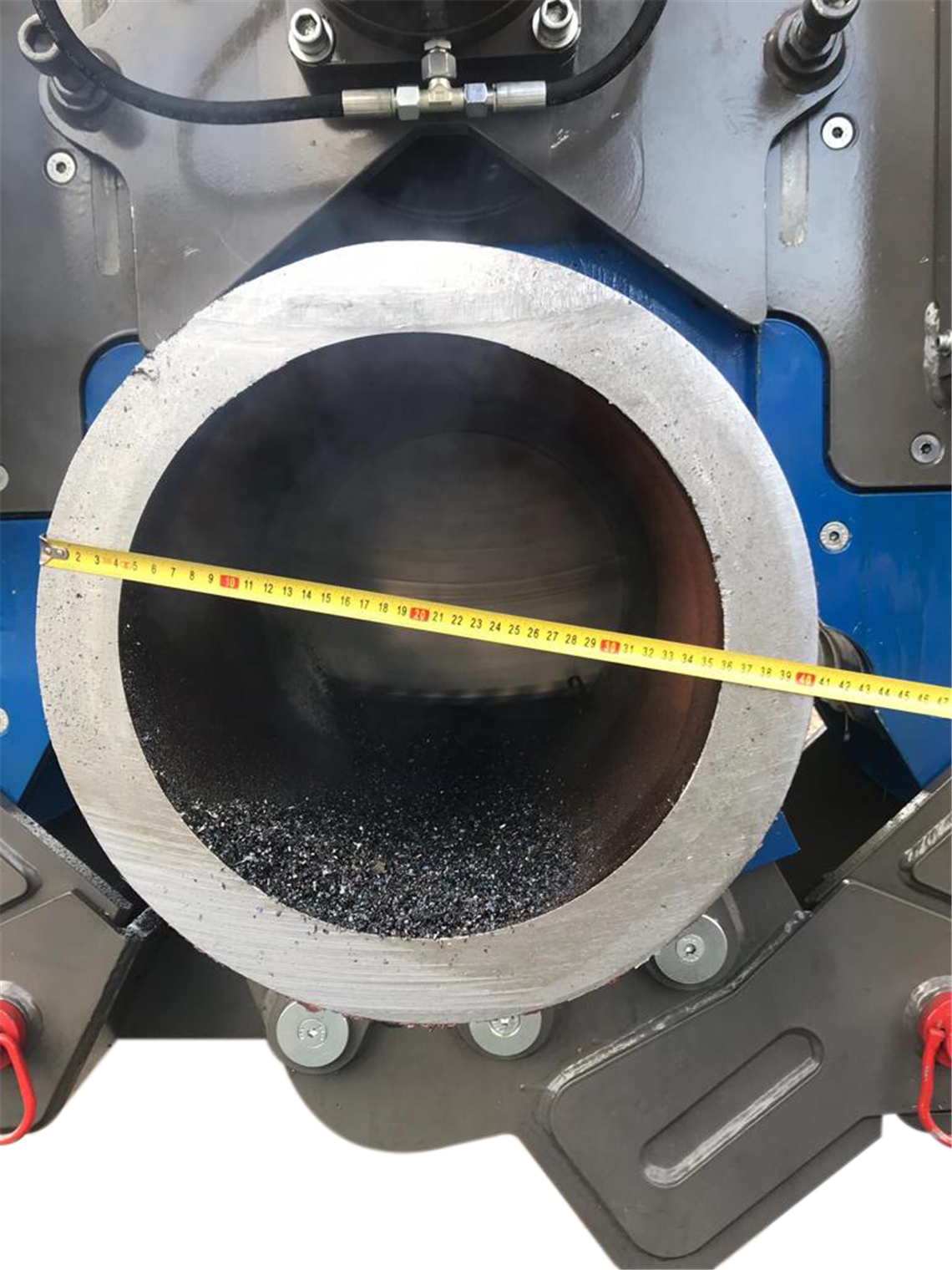 Figure 2 - a clean cut pipeline using a Decom chopsaw
Figure 2 - a clean cut pipeline using a Decom chopsaw
With decommissioned pipe coming out in clean cut sections, internal probing and testing for decontamination work can continue unobstructed leaving coated pipe that is easily handled. The Decom chopsaw achieves this clean cut as seen in figure 2 making inspection easier and safer.
It can also cut a range of sizes with one setup and be changed for size without coming out of the water (see figure 3).
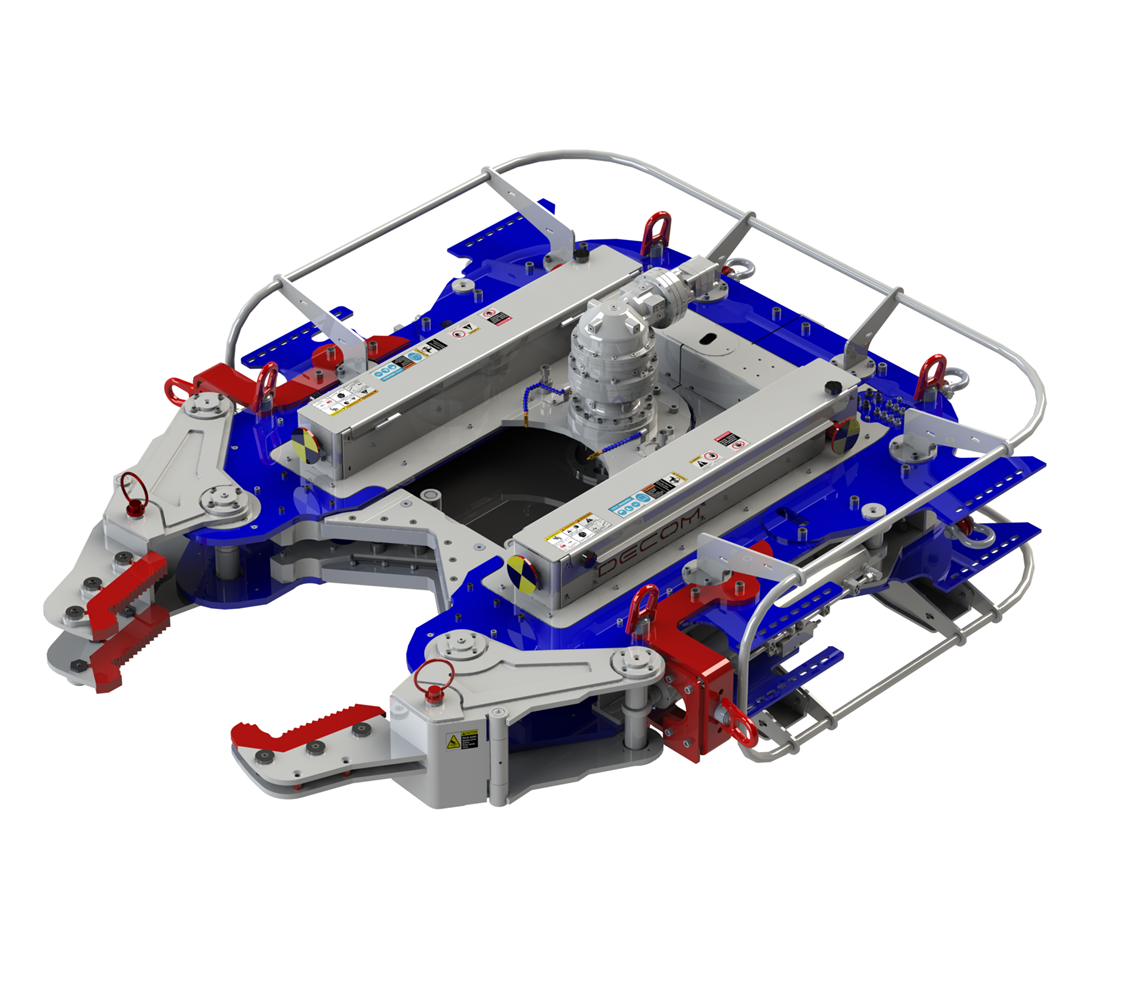 Figure 3 - chopsaw with remotely operated vehicle set up
Figure 3 - chopsaw with remotely operated vehicle set up
Unfortunately a large barrier still remains - the original pipe coating.
Coating removal
As the scale of pipeline decommissioning increases, the question of what to do with coated pipeline that has lived its useful life in the ground or underwater is becoming ever more urgent.
A coated pipe may be able to be reused as an agri-roller, but other options for resale are very limited. The increase in pipe supply therefore presents a real risk that decommissioning yards will be overrun with decommissioned pipe. As the pipes cannot be effectively recycled with the coating on due to contamination of the process and so the only viable solution is to remove the coating.
Decom has provided a solution to this problem by developing a pipe coating removal system (see figure 4) that uses a cold method to remove the triple layer of fusion bonded epoxy, adhesive and polyethylene while avoiding any damage to the pipe.
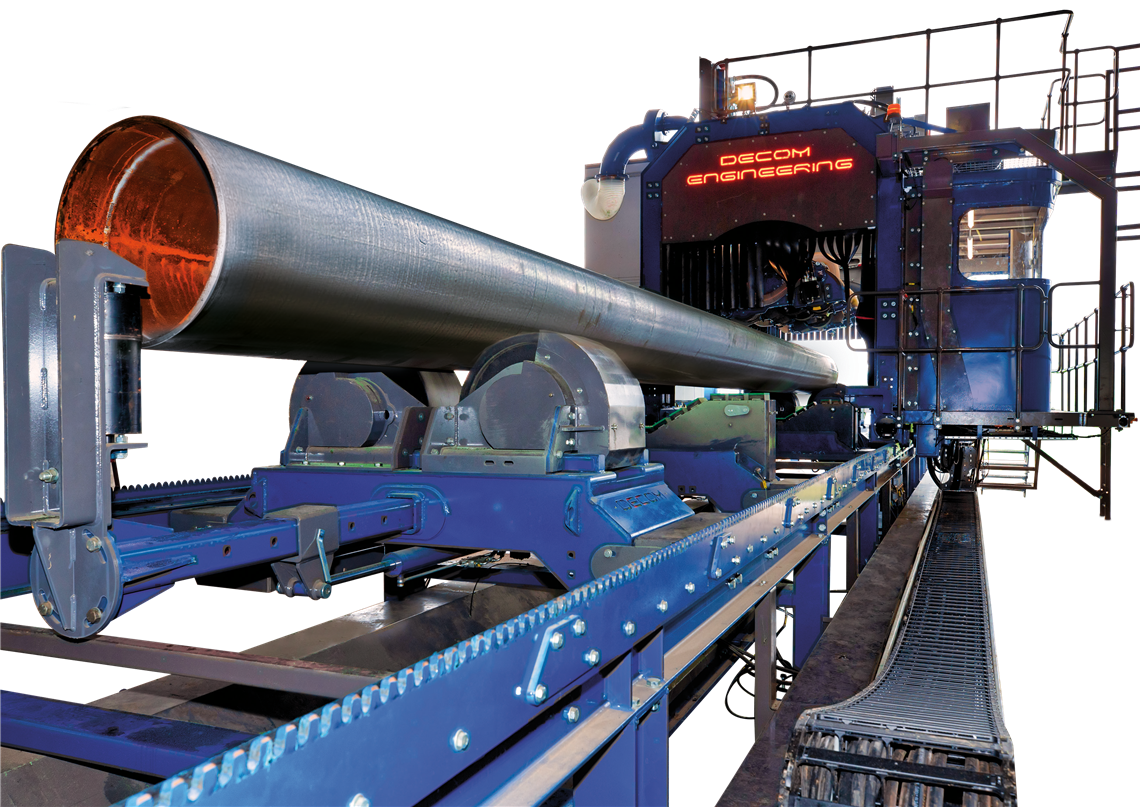 Figure 4 - Decom coating removal machine
Figure 4 - Decom coating removal machine
Specifically the machine has:
- A multi-tool station, typically 3-8 tools, which will process all pipe coated between 10 and 152 cm (4 and 60 in) diameter and 6 to 24m (19 to 78 ft) in length. Average processing speed is 70 sq m (753 sq ft) per hour.
- A waste collection and disposal system using on-board dust extraction and collection conveyors for polyethylene or polypropylene
- Achieved a pipe surface that is left 100% clean of all coatings and welds can be NDT tested (see figure 5)
The Decom machine can be installed anywhere in the world limiting the additional movement of decommissioned pipe as the carbon footprint of moving pipe more times than necessary far exceeds that of moving the machine.
Reuse or recycle
At the end of this process are cleaned steel tubulars thus allowing for the re-use of the pipeline in the most economical and environmentally friendly manner.
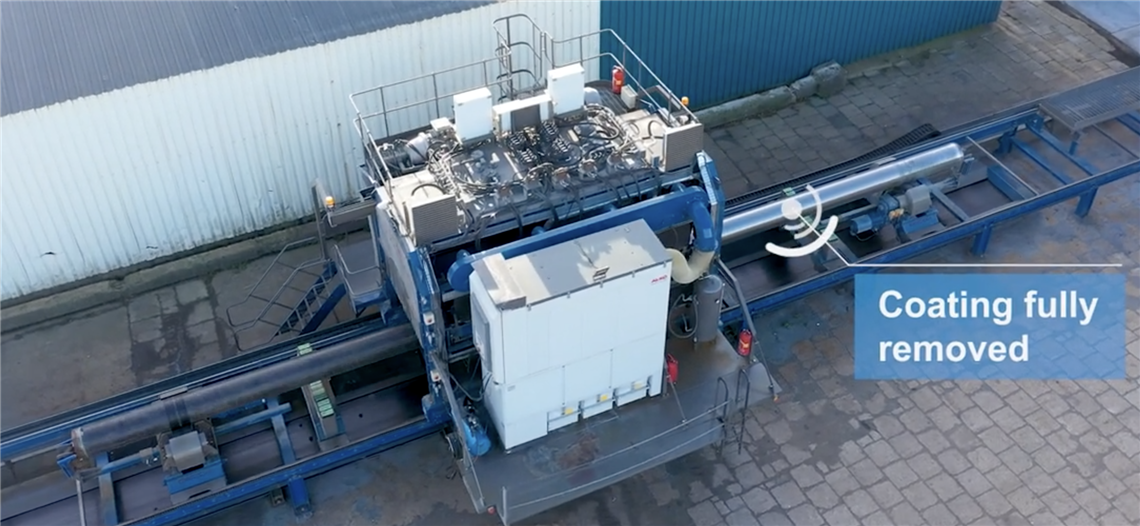 Figure 5 - Decom coating removal machine cleaned pipe visual
Figure 5 - Decom coating removal machine cleaned pipe visual
For example the pipeline can be re-tested and then utilised for piling in the construction industry (see figure 6), reducing construction costs and carbon footprint and increasing availability compared to ordering brand new steel tubulars for construction.
The use of surplus steel in construction and infrastructure projects can deliver huge savings on carbon emissions and be a key part of the ‘Circular Economy’. Cleveland Steel in the UK prepared an independent research report outlining a comparative analysis of the environmental impacts of reused coated steel tubes and against a benchmark of how these compare to prime steel welded tubes. [Ref 1]
Cleveland found that there are no technical, legal or practical reasons that steel tubulars cannot be reused/repurposed. Over the last 40 years these products have worked very well where cost effective testing exists to prove material properties and traceability as this shows they are at least as good as new (prime) product.
The commercial rationale
The commercial rationale for buyers of the pipe is based on a mixture of cost, regulatory and brand perception elements.
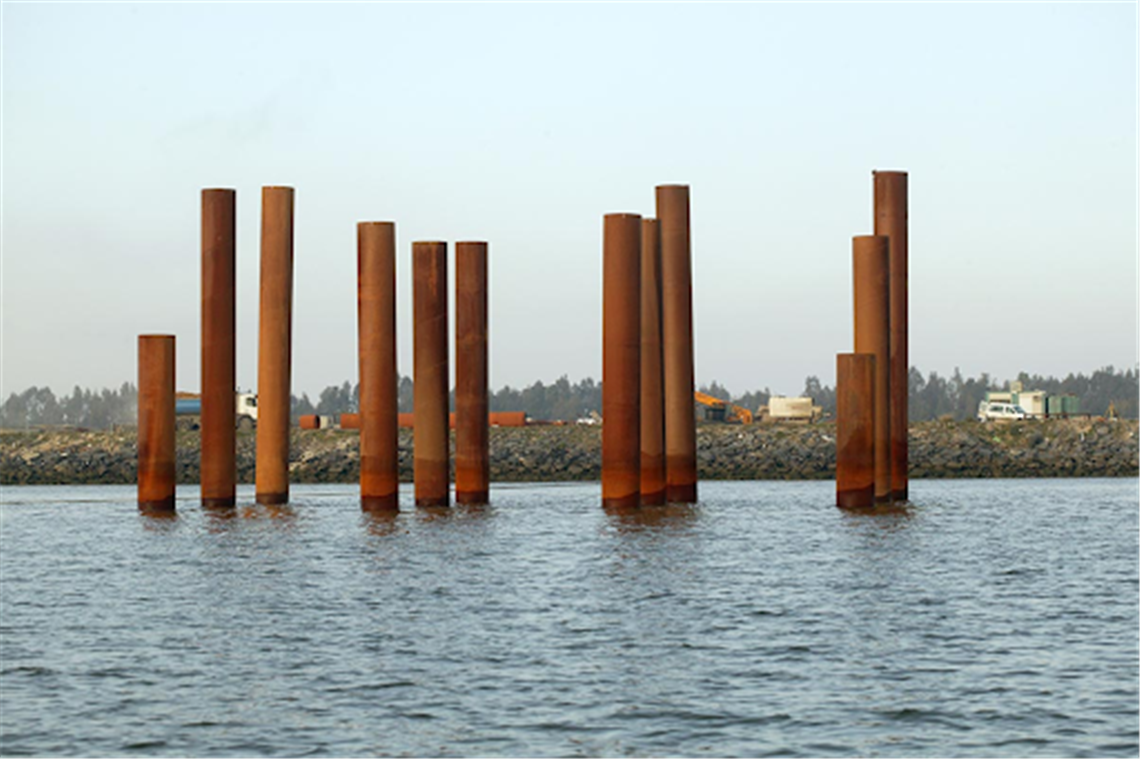 Figure 6 - recycled steel tubulars for use in marine construction
Figure 6 - recycled steel tubulars for use in marine construction
In particular there is growing pressure on the construction industry to be more resource efficient, reduce waste and to lower embodied carbon impacts. More recently, circular economy concepts are being promoted, particularly at the EU level, with a roadmap developed to support a shift towards a resource efficient, low carbon European economy. Increased structural steel reuse will support both of these aims and stimulate new business opportunities in the UK in particular, by substituting steel imports.
Although new steel and scrap steel prices are volatile, analysis reveals that the long term price (2000-2016) differential between the cost of UK structural steel and scrap sections is over US$420 (£300) per tonne. This represents the potential profit opportunity through structural steel reuse. Although additional costs (relative to recycling) will be incurred through deconstruction, testing, storage, re-fabrication, etc. structural steel reuse can yield cost savings or at least provide an economical feasible alternative to the use of ‘new’ structural steel. [Ref 2]
It is important to note that we often find that surplus pipe from projects that never made it into a pipeline and have been downgraded, can struggle to find a new home. This pipe is ideal for coating removal also and can be a great way of recovering costs from pipe that remains unused for any reason.
References
[1] Life Cycle Analysis (LCA): recovered and refurbished coated steel tubes - Cleveland Steel & Tubes Ltd
[2] SCI P427 - Structural Steel Reuse: assessment, testing and design principles. October 2019. Publisher: SCI - The Steel Construction Institute
Author’s Details
Nick McNally is Decom Engineering’s commercial director. In the past two years he has delved into the oil and gas decommissioning sector to understand what needs to be done to make it better for businesses, operators and the environment.
CONNECT WITH THE TEAM








